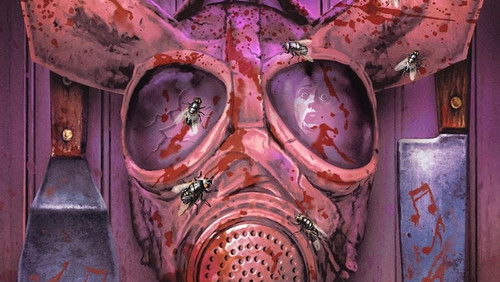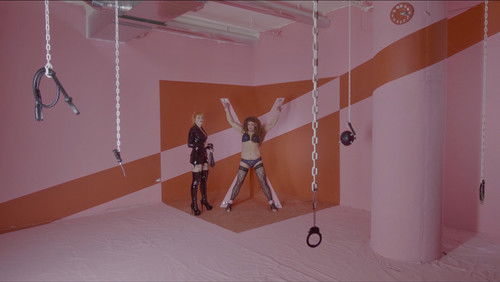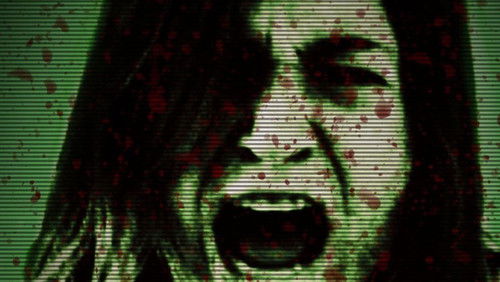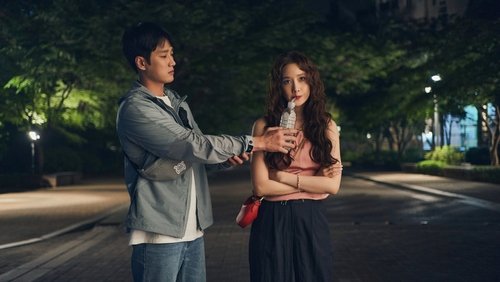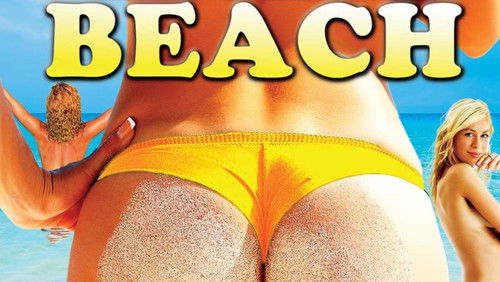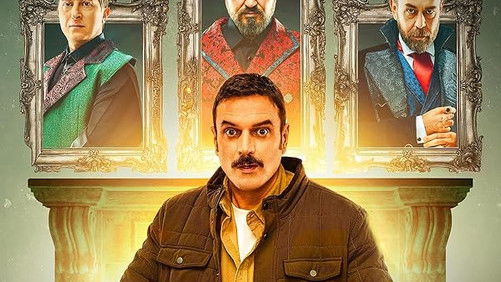Bad Roomies (2015)
42KBad Roomies: Directed by Jason Schnell. With Patrick Renna, Tommy Savas, Annie Monroe, Jackie Tohn. Losing a roomie, another is found by the two remaining men – a cute, 28 y.o. woman. Things get weird.
“Iu0026#39;ve just wasted my time reading 20 IMDb reviews for u0026quot;Tree of Lifeu0026quot;, both love-its and hate-its. They might as well be telling you how they feel about the colour blue. Subjective, subjective, subjective.u003cbr/u003eu003cbr/u003eSo letu0026#39;s try something different. Iu0026#39;m not going to tell you whether I loved or hated this movie. Iu0026#39;m just going to tell you what to expect. Without either praising or disparaging this film, Iu0026#39;d describe it as being a mix of Fellini, Kubrick, IMAX and u0026quot;Stand by Meu0026quot;.u003cbr/u003eu003cbr/u003eThis film is presented in 4 distinct acts, each lasting between 30-45 mins. The acts are very disjoint, and although they are woven together by common thematic elements, the experience can be very disorienting. The director seemed to pattern this film after Kubricku0026#39;s u0026quot;2001: A Space Odysseyu0026quot; with its 4 contrasting sections.u003cbr/u003eu003cbr/u003eAct 1: Setting. The film begins with a peek into the life of a 1950s American family that suffers a tragedy. It leaps forward and back in time, setting up the individual characters and their roles in the drama. Though presented in a very fragmented way, this part should be easy enough to follow.u003cbr/u003eu003cbr/u003eAct 2: Tone. The next sequence, lasting about 30 minutes, is a very impressionistic journey through space, time and evolution. Be prepared. There may be a few voice-overs, but otherwise itu0026#39;s completely without dialogue, actors or events. The best way to describe it is to say itu0026#39;s like an IMAX film with the narration turned off. Itu0026#39;s somewhat reminiscent of the u0026quot;acid trip sequenceu0026quot; at the end of u0026quot;2001u0026quot;.u003cbr/u003eu003cbr/u003eAct 3: Plot. After that, we return to the 1950s. This 3rd sequence makes up the body of this film. Having established the setting u0026amp; tone, the director gives us a story (more or less). Itu0026#39;s presented in a series of vignettes focusing mostly on the love-hate relationship between a boy and his father. This mirrors the love-hate relationship that each character has with goodness. Both the father u0026amp; son are jerks struggling to become good, each in his own way. This portion of the film reminded me of a dark, disturbing version of u0026quot;Stand By Meu0026quot;.u003cbr/u003eu003cbr/u003eAct 4: Conclusion. We return to another impressionistic sequence, this time including the main characters and short bits of dialogue u0026amp; voice-overs. To some of the audience it may give closure u0026amp; satisfaction. To others, it may just plain suck.u003cbr/u003eu003cbr/u003eFor the sake of presenting an objective review, Iu0026#39;ll withhold my own opinion. But I did want to mention some of the reactions I observed in the theater and in the parking lot afterwards. In an audience of about 100, I saw 4 people walk out. (Well, 5, but I think that guy just spilled lemonade on himself.) Most of the audience seemed attentive, but I did hear a lot of yawns and uncomfortable fidgeting. When the end credits came up there was dead silence as everyone filed out. It was pretty uncomfortable. In the parking lot there was a man who hated the movie so much I feared for my life. Seriously, this guy was about to plow his car through a storefront. Others praised the filmu0026#39;s technical merits and cinematography but remained lukewarm, if not mostly negative, with their overall impression. Several people were intent on discussing the films philosophical merits, but this only infuriated the angry guy, so everyone just went home.u003cbr/u003eu003cbr/u003eIf I were to compare this to other films/directors, Iu0026#39;d say itu0026#39;s very Tarkovsky-like (Stalker, Mirror, etc). As I mentioned above, itu0026#39;s also much like Kubricku0026#39;s u0026quot;2001u0026quot;–if you were to strip out the suspenseful parts about Hal and the Discovery. Perhaps itu0026#39;s also a bit like Wim Wendersu0026#39; u0026quot;Paris Texasu0026quot; in that it wanders around a lot before coming to its destination.”
